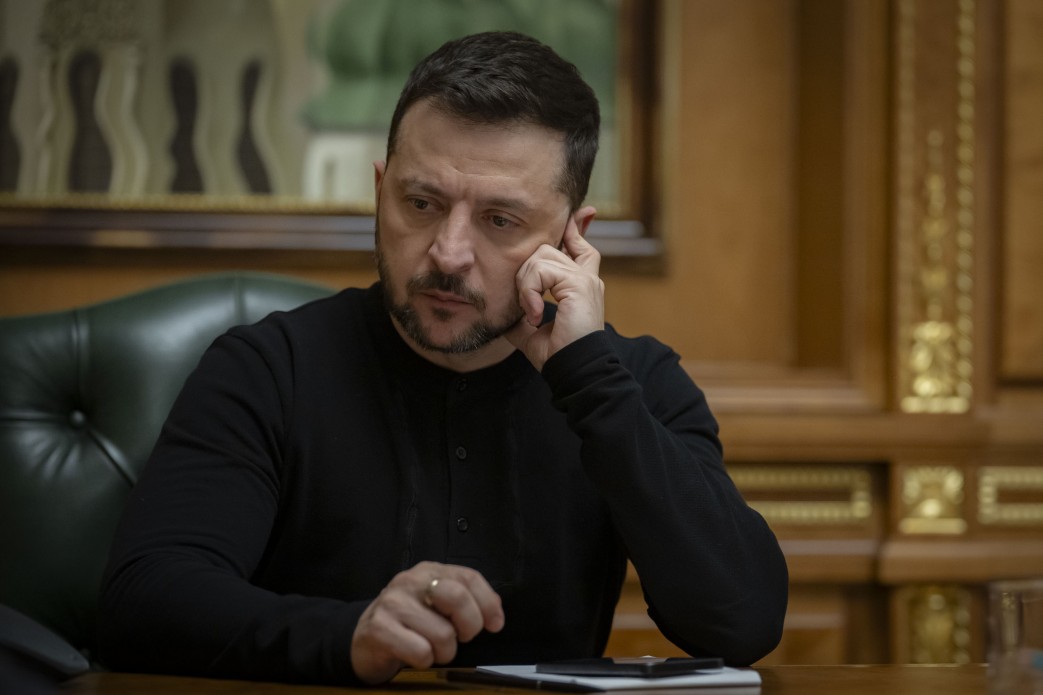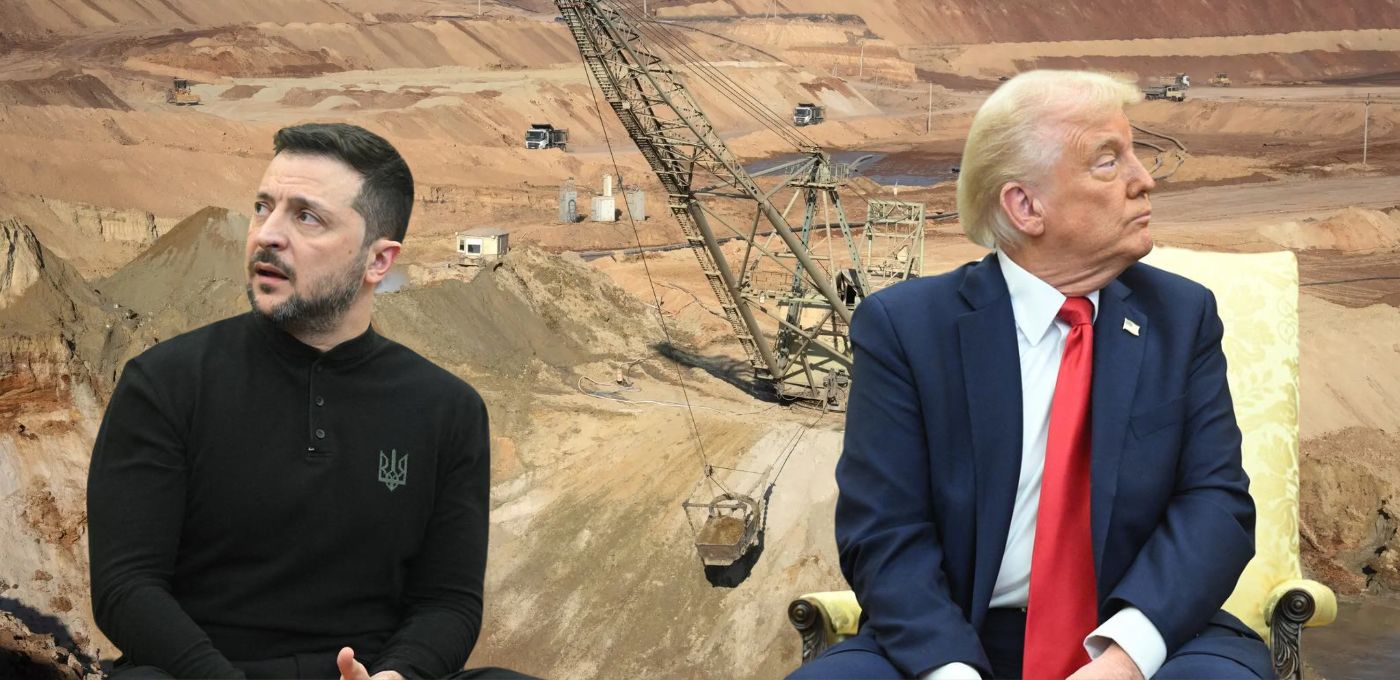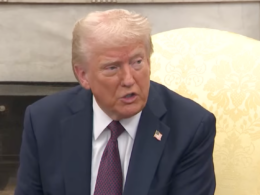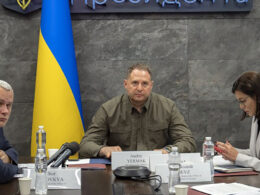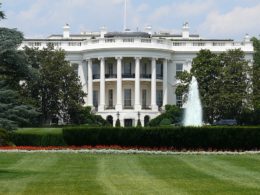President Volodymyr Zelenskyy has instructed Ukraine's Security Service (SBU) to identify the source of the leak that shared the US draft minerals agreement with politicians and media, the Financial Times reports.
The investigation, which involves the use of lie detectors, comes as tensions mount over the proposed deal ahead of a Ukrainian delegation's visit to Washington next week.
According to FT journalist Christopher Miller's sources among Ukrainian officials, polygraph tests have already been administered to employees across several ministries, though the scale of the checks remains unclear.
The President's Office declined to comment, while the SBU said in a statement that it operates within the law to protect Ukraine's security and keeps certain details of its activities confidential.
Under the draft deal, the US would gain significant control over Ukraine's critical mineral and energy resources. The latest 55-page proposal calls for the creation of a joint supervisory board to manage revenues from major oil, gas and mining projects across Ukraine -- a provision that has alarmed Ukrainian officials who fear it could undermine the country's sovereignty and disrupt its integration with the European Union.
One official likened the deal to "robbery," speaking to the FT.
"We cannot accept any arrangement that undermines our EU path," President Volodymyr Zelenskyy said last week, pushing back against what one senior Ukrainian official characterized as a deal that treats Ukraine as if it was "at war with the US and lost."
The controversial agreement is the latest iteration in a series of increasingly aggressive US proposals.
- Initially, Ukrainian President Volodymyr Zelensky proposed a minerals deal in 2024 to secure continued US support during the conflict with Russia. Initially, the US proposed Ukraine use its mineral resources to repay $500 bn in military aid, but this figure was later abandoned.
- In late February 2025, Ukraine and the US were poised to sign a framework deal on joint mineral extraction in Ukraine, but it fell through due to a clash in the Oval Office during Zelenskyy's US visit.
- Subsequent US offers have sought greater concessions from Ukraine, including control over the entire resource revenue stream, while still failing to provide Kyiv with the formal security guarantees it seeks.
- On 27 March, it emerged that the US had submitted a draft of a new, broader agreement to Ukraine, aiming to secure its signing by early April. The deal has now evolved into a framework for joint investment in Ukraine's critical minerals and other resources. The agreement includes establishing an American-Ukrainian Fund for Reconstruction and Investment, with Ukraine contributing 50% of revenues from new resource projects.
- The negotiations have been marked by tensions, particularly between Trump and Zelensky. Trump has pushed for Ukraine to sign the deal, threatening consequences if it does not comply. Crucially, the deal lacks security guarantees for Ukraine and has raised concerns about Ukraine's control over its resources.
The probe began after opposition MP Yaroslav Zhelezniak disclosed the draft agreement details on 27 March, claiming to have obtained a copy from his sources.
At a briefing on 28 March, Zelenskyy said he found the US document leak "strange," wondering "who is transmitting this information."
As negotiations continue, Ukraine has vowed not to sign any final deal that does not include concrete US security assurances. A Ukrainian delegation is expected to travel to Washington in the coming days in an attempt to secure more favorable terms, though it remains unclear if a compromise can be reached.

